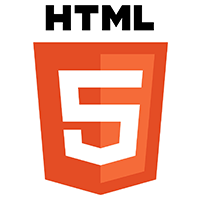
Since 2010, Apex has been helping companies and enterprise adopters from different industries and countries to create winning products and solutions.
Technologies Tabs Menu

ASP.NET is a web development framework for developing web applications and services that can take advantage of the .NET Framework features – including base class library and supported languages

Microsoft Azure is a cloud computing service created by Microsoft for building, testing, deploying, and managing applications and services through Microsoft-managed data centres.
Web Applications are developed using different languages and frameworks





Mobile Apps for apple devices are generated using IOS






Android is an operating system developed by Google as an open-source project. It has been used primarily for smartphones and tablets, but was also modified in order to be used for TVs, cars, and smartwatches.